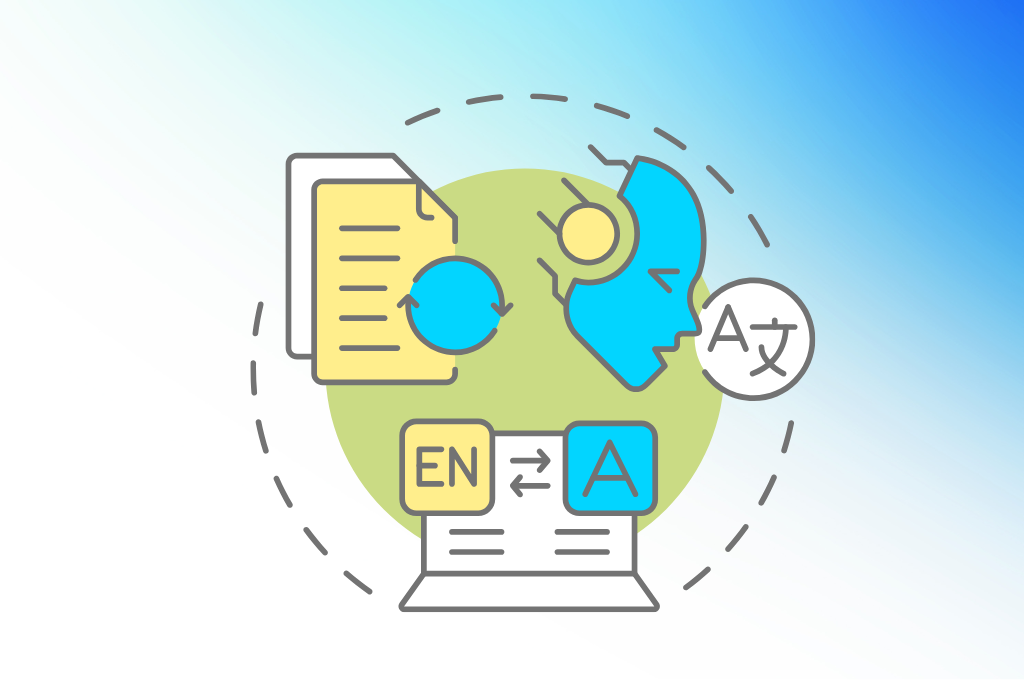In an era of rapid technological development, machine translation (MT) is becoming increasingly important in translators’ daily work. At the same time, a need for a new approach to text processing called post-editing is emerging. Although the term has not yet been defined in the Dictionary of the Polish Language, it has become very important in linguistic practice. So, what is post-editing, what does it involve and when is it worth using?
Traditional translation involves translating a text from scratch, step by step, using dictionaries and language resources as well as the translator’s own knowledge. This is a time-consuming process, but it allows for a great deal of interpretative and stylistic freedom. The translator is fully responsible for the quality and style of their translation.
Post-editing, in turn, is the process of improving the text generated by a machine translation engine. The aim is to improve the quality of the text so that it sounds natural and remains faithful to the original. Rather than translating from scratch, the post-editor corrects errors in the automatic translation. While such work is sometimes faster, it also involves limited freedom, as the translator should use as much of the ‘raw’ translation as possible.
Light and full post-editing
In practice, we distinguish between two major levels of post-editing:
- Light post-editing focuses on basic corrections, such as the removal of semantic errors, offensive terms or culturally unacceptable elements. The style, grammar or formatting are not interfered with.
- Full post-editing requires much more work to ensure grammatical, terminological and punctuation correctness, as well as compliance with customer guidelines and original formatting.
The type of post-editing selected depends on the purpose of the text. Light post-editing may be sufficient for blog articles or marketing texts, while specialist texts – such as patent specifications, legal texts or instructions – require greater intervention.
When should post-editing be used and when should it not be used?
Post-editing is a perfect solution when:
- the text is of a usable nature (e.g. messages or blog posts),
- the customer requires a quick and relatively inexpensive translation,
- machine translation achieves a satisfactory level of quality.
However, avoid using MT engines for:
- confidential texts,
- documents containing personal data,
- materials intended for publication without prior verification (e.g. results of scientific research).
Pricing of post-editing – how much does it cost?
Although post-editing is sometimes cheaper than translation from scratch, it brings with it other challenges. For pricing purposes, an edit distance is often used. It is a metric to determine the number of changes required to transform the raw translation into the final version. While this allows for a relatively objective assessment of the workload, this system has the disadvantages in that it fails to take into account the context, terminological difficulties or time spent on research.
A hybrid approach, combining editorial analysis with expert assessment, is increasingly used. This is a fairer solution for post-editors, whose work often extends beyond mechanical corrections.
Practical tips for post-editors
- Use CAT tools with a verification feature, such as Trados.
- Create your own keyboard shortcuts to speed up your work, such as AutoHotKey.
- Make use of artificial intelligence by generating prompts in ChatGPT to improve the text.
- Develop your stylistic and terminological analysis skills, as these are crucial for full post-editing.
Interesting fact: how can you tell the difference between an AI-generated text and a human-created one?
Research shows that texts generated by artificial intelligence are characterised by, among others, the predominance of nouns and adjectives, a more descriptive style and the more frequent use of difficult words. In turn, texts translated by humans tend to be more dynamic, contain more verbs and adverbs and display greater lexical diversity. Based on these indicators, it is possible to automatically detect AI-generated content.
Post-editing is an increasingly important part of translators’ work in the era of machine translation. While it saves time and resources, it requires precision, flexibility and an understanding of language specificity. As the ability to post-edit effectively can become a key skill for any language professional, it is worth exploring this topic and developing your qualifications in this area.



